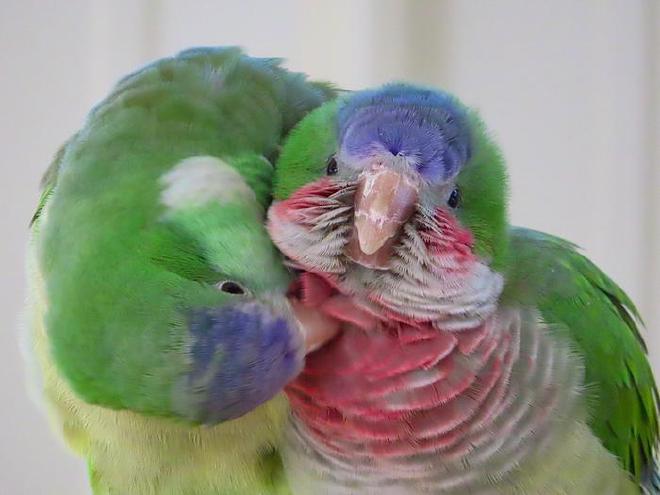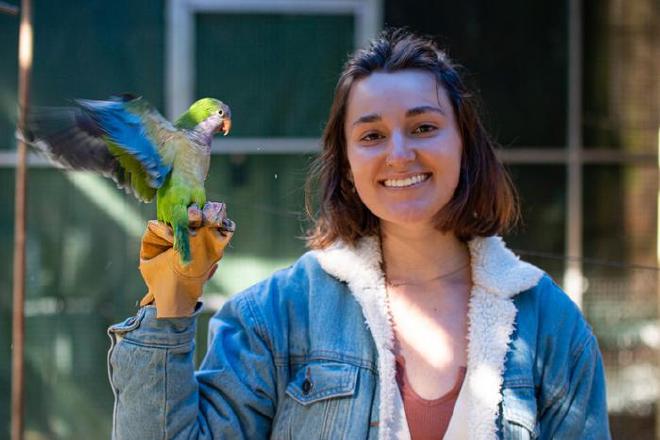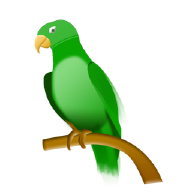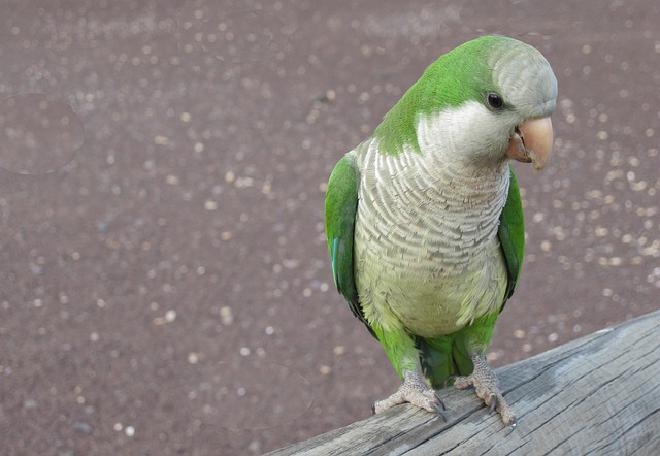

“There can be a lot of benefits to being social, but these friendships have to start somewhere,“ said Claire O’Connell, the study’s lead author and a doctoral student in UC’s College of Arts and Sciences.
O’Connell collaborated on the study with UC Associate Professor Elizabeth Hobson, former UC postdoctoral researcher Annemarie van der Marel, and Princeton University Associate Professor Gerald Carter.

But making that first contact carries risk, especially when animals are unfamiliar to one another. O’Connell said birds that don’t welcome a newcomer’s attention can react aggressively, which can lead to injuries.
Researchers combined groups of wild-caught parakeets in a large flight pen. Some parakeets were strangers to each other. They collected data on when and how new relationships formed by studying how close the birds approached over time and which birds groomed each other or engaged in other friendly behaviors.
“Capturing the first moments between strangers can be challenging, so we were really excited that our experiments gave us the chance to observe that process up close,” O’Connell said.
They found that strangers were more likely to approach each other with caution compared to birds they knew. Stranger birds took time to share space before eventually perching shoulder to shoulder, touching beaks or preening others. Some strangers escalated further to sharing food or mating.
“What’s really fascinating about testing the waters is how intuitive it feels,” O’Connell said.
Citation #
- The experimental study Monk parakeets ‘test the waters’ when forming new relationships was published in Biology Letters. Authors: Claire L. O’Connell, Gerald G. Carter, Annemarie van der Marel and Elizabeth A. Hobson
Funding #
- The study was funded by the U.S. National Science Foundation
Contact [Notaspampeanas](mailto: notaspampeanas@gmail.com)


